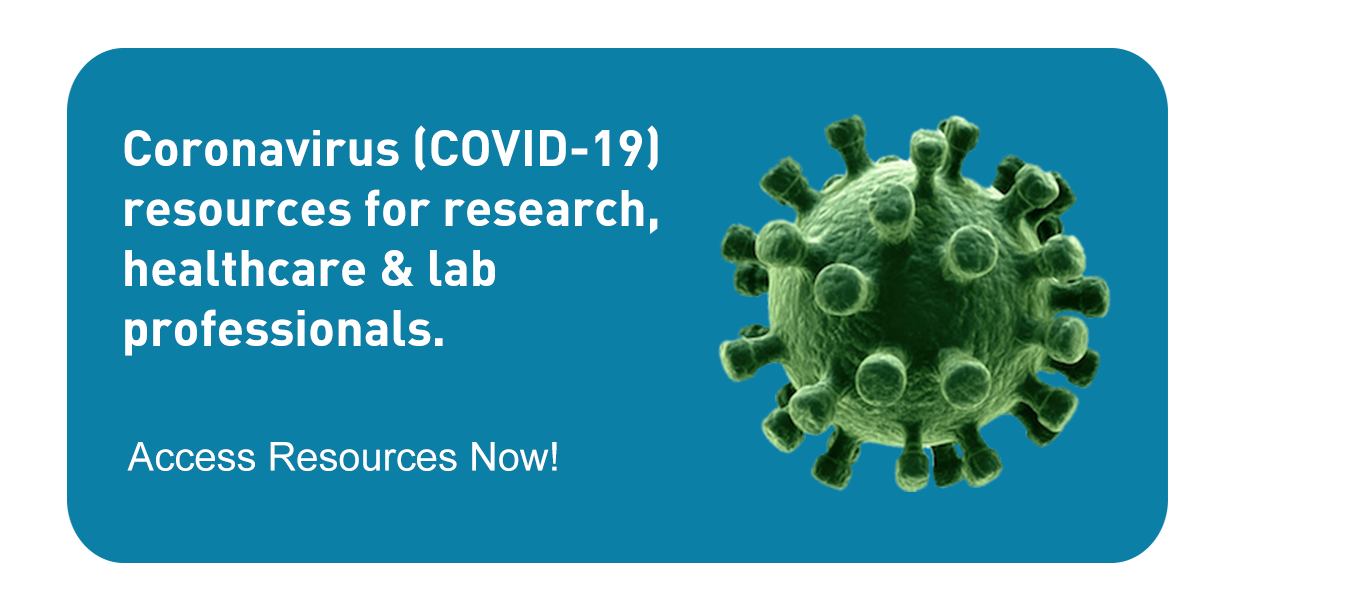Share this
5 points to consider when reopening your medical practice or clinic
by Neoteryx Microsampling on Jul 17, 2020 9:00:00 AM
 Like many physicians, you may be preparing to reopen your medical practice and welcome patients back for in-person visits. Due to the coronavirus pandemic, most medical practitioners were limiting in-person healthcare visits from March to May 2020, and only seeing their chronic patients or those in dire need of care.
Like many physicians, you may be preparing to reopen your medical practice and welcome patients back for in-person visits. Due to the coronavirus pandemic, most medical practitioners were limiting in-person healthcare visits from March to May 2020, and only seeing their chronic patients or those in dire need of care.
The decision to reopen and provide in-person care requires medical practices to comply with governmental guidance. The White House has published guidelines for Opening Up America Again, which clinics should adhere to.
At the state level, governors are providing detailed reopening templates for medical practices. Healthcare providers and clinics will need to check with their local government for any state-specific protocols and adhere to all applicable guidelines.
Here are 5 essential points you should consider when reopening your practice:
1. Make a Plan
A safety plan is critical to reopening your medical practice confidently and successfully. The plan should include the expected reopening day, list all precautionary measures and PPE needs, assess current stock, and prepare for emergencies. Be sure to have the PPE gear restocked before reopening to avoid disrupting your daily plan.
Generally, the supplies should last at least 2 weeks before the need to implement emergency PPE conservation measures. Also, consider how you will deal with staffing and cleaning if an employee, visitor, or patient is diagnosed with the virus following a clinic visit. The plan should include an exposure level assessment. A determination should be made for how long employees that interact with an identified coronavirus patient should be out of the clinic.
2. Open the Clinic Incrementally
Schedule a few in-person visits each day—spaced well apart to minimize contact—and also continue using virtual visits, or telehealth, for a while. This incremental approach will help you identify and address practical challenges as they arise.
It would also help if employees returned in phases, on alternative days, or at different times according to staggered scheduling to minimize contact. All onsite staff and providers should wear face masks. Most administrative employees could stay home and work remotely until you have completely reopened the practice.
3. Outline Safety Measures for Employees and Patients
Develop a schedule to avoid crowding the waiting rooms with patients and front desk staff. The schedule should be flexible enough to allow you to consult with a pre-determined number of patients to avoid delays.
Ensure patients are accompanied when necessary. Both the patient and the accompanying caregiver should wear a disposable surgical mask or cloth face covering. The safety guidelines should also outline how you plan to screen patients before they enter the clinic. Consider deploying staff in designated areas of the building to screen patients upon entry.
4. Coordinate Tests with Other Clinics
Some patients may need COVID-19 testing, especially before scheduling their in-person clinic visits. You can arrange to partner with approved testing sites in your area to help coordinate this. Contact the test providers before sending patients to their testing site to ensure they have enough testing devices or kits available. Ask what the turnaround time for the results will be, and map out your patient schedule accordingly.
If your clinic or facility provides elective procedures, such as outpatient surgeries, you may need to create a formal system for conducting COVID-19 tests before any procedure. Practices that don’t have testing services onsite or nearby may be able to offer patients at-home specimen collection for lab testing. Many home health kits that can be shipped out to patients are now available, and include devices for taking a nasal or oral swab to be tested for live virus, as well as devices for taking capillary blood samples from the fingertip for serology testing of SARS-CoV-2 antibodies in the lab.
If your practice works with a clinical lab that can process both COVID-19 swabs and dried blood samples, consider coordinating with the lab to arrange for patients to send their self-collected samples from home directly to the lab for testing. If you wish to include blood samples for SARS-CoV-2 antibody testing, consider using remote Mitra® microsampling devices from Neoteryx, or the company's Mitra® Blood Collection Kits for at-home collection. These devices deliver precise blood samples that enable labs to test for antibodies, as well as other clinical data needed by physicians to clear patients for medical procedures.
5. Consider Legal Implications
Acquaint yourself and your staff with any new legal obligations that come with reopening the practice during a viral pandemic. For example, the Families First Coronavirus Response Act states organizations must allow employees to apply for paid sick leaves. It is imperative to outline the procedures for sick leave applications as soon as possible.
Creating and implementing a plan that covers all contingencies will help you and your staff better manage the day-to-day challenges of reopening your practice in a new and challenging healthcare environment.
Share this
- Microsampling (206)
- Research, Remote Research (119)
- Venipuncture Alternative (105)
- Clinical Trials, Clinical Research (83)
- Mitra® Device (73)
- Therapeutic Drug Monitoring, TDM (51)
- Dried Blood Spot, DBS (39)
- Biomonitoring, Health, Wellness (30)
- Infectious Disease, Vaccines, COVID-19 (24)
- Blood Microsampling, Serology (23)
- Omics, Multi-Omics (21)
- Decentralized Clinical Trial (DCT) (20)
- Specimen Collection (18)
- Toxicology, Doping, Drug/Alcohol Monitoring, PEth (17)
- Skin Microsampling, Microbiopsy (14)
- hemaPEN® Device (13)
- Preclinical Research, Animal Studies (12)
- Pharmaceuticals, Drug Development (9)
- Harpera Device (7)
- Industry News, Microsampling News (5)
- Antibodies, MAbs (3)
- Company Press Release, Product Press Release (3)
- Environmental Toxins, Exposures (1)
- July 2025 (1)
- May 2025 (1)
- April 2025 (2)
- December 2024 (2)
- November 2024 (1)
- October 2024 (3)
- September 2024 (1)
- June 2024 (1)
- May 2024 (1)
- April 2024 (4)
- March 2024 (1)
- February 2024 (2)
- January 2024 (4)
- December 2023 (3)
- November 2023 (3)
- October 2023 (3)
- September 2023 (3)
- July 2023 (3)
- June 2023 (2)
- April 2023 (2)
- March 2023 (2)
- February 2023 (2)
- January 2023 (3)
- December 2022 (2)
- November 2022 (3)
- October 2022 (4)
- September 2022 (3)
- August 2022 (5)
- July 2022 (2)
- June 2022 (2)
- May 2022 (4)
- April 2022 (3)
- March 2022 (3)
- February 2022 (4)
- January 2022 (5)
- December 2021 (3)
- November 2021 (5)
- October 2021 (3)
- September 2021 (3)
- August 2021 (4)
- July 2021 (4)
- June 2021 (4)
- May 2021 (4)
- April 2021 (3)
- March 2021 (5)
- February 2021 (4)
- January 2021 (4)
- December 2020 (3)
- November 2020 (5)
- October 2020 (4)
- September 2020 (3)
- August 2020 (3)
- July 2020 (6)
- June 2020 (4)
- May 2020 (4)
- April 2020 (3)
- March 2020 (6)
- February 2020 (3)
- January 2020 (4)
- December 2019 (5)
- November 2019 (4)
- October 2019 (2)
- September 2019 (4)
- August 2019 (4)
- July 2019 (3)
- June 2019 (7)
- May 2019 (6)
- April 2019 (5)
- March 2019 (6)
- February 2019 (5)
- January 2019 (8)
- December 2018 (3)
- November 2018 (4)
- October 2018 (7)
- September 2018 (6)
- August 2018 (5)
- July 2018 (8)
- June 2018 (6)
- May 2018 (5)
- April 2018 (6)
- March 2018 (4)
- February 2018 (6)
- January 2018 (4)
- December 2017 (2)
- November 2017 (3)
- October 2017 (2)
- September 2017 (4)
- August 2017 (2)
- July 2017 (4)
- June 2017 (5)
- May 2017 (6)
- April 2017 (6)
- March 2017 (5)
- February 2017 (4)
- January 2017 (1)
- July 2016 (3)
- May 2016 (1)
- April 2016 (2)


No Comments Yet
Let us know what you think